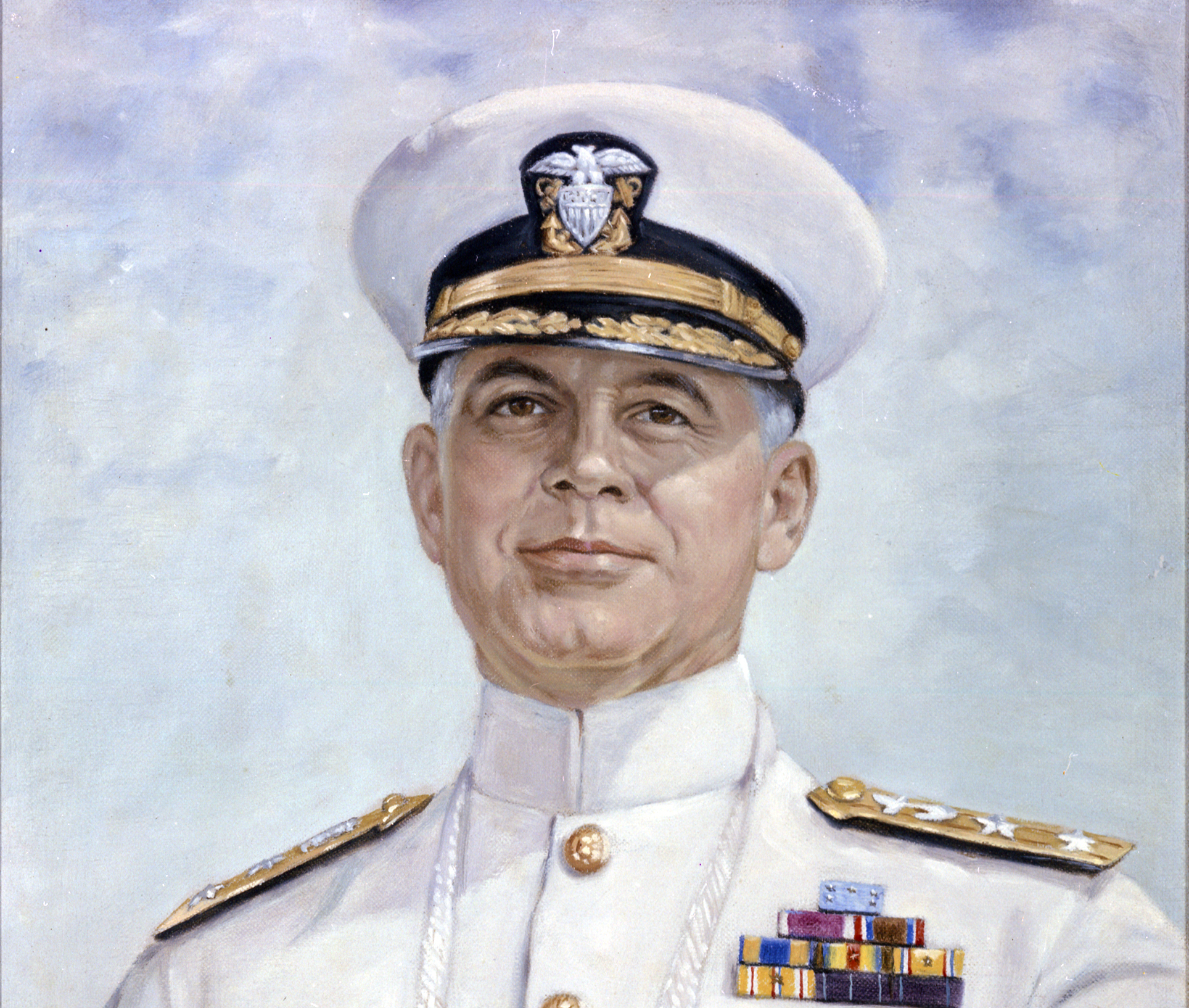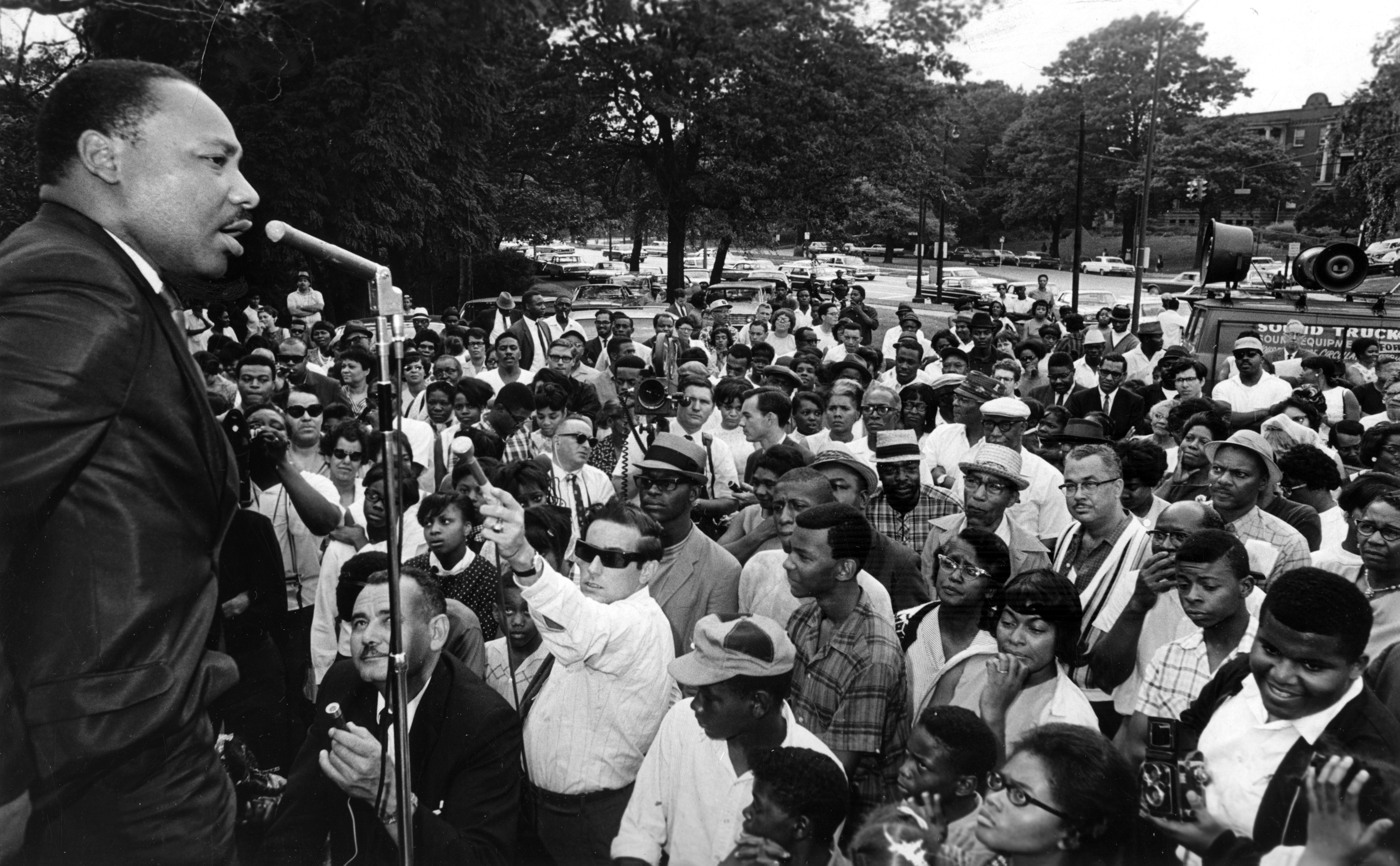The Ohio and Erie Canal, the watery highway that made Cleveland a boom town, was 70 years old and obsolete when the 19th century ended. Steam locomotives had replaced the canal's 4 mph crawl.
The house at Lock 38 had been a tavern, where the Gleason family served meals and sold supplies — needles and thread, coffee and sugar — to boat captains waiting to pass through the lock. In the 1860s, after traffic dwindled, the Gleasons converted it into a home. Isaac Gleason was renting to his grandson, Frank Gorris, in 1898. Gorris is likely the mustachioed man in the bowler hat, seated in front of a woman near the house's door.
Which came first, the tavern or the canal? Probably the tavern. This stretch of the Ohio and Erie Canal opened in 1827. A 1983 archeological dig under the older half of the house turned up shards of British pearl ware, a popular 1820s import. Sketchy records suggest a tavern operated there as early as 1818. The canal's engineers may have chosen to build near an existing business.
The house, about 190 years old, reopened in May as the Cuyahoga Valley National Park's Canal Exploration Center. It's home to exhibits that evoke Ohio's canal era.










